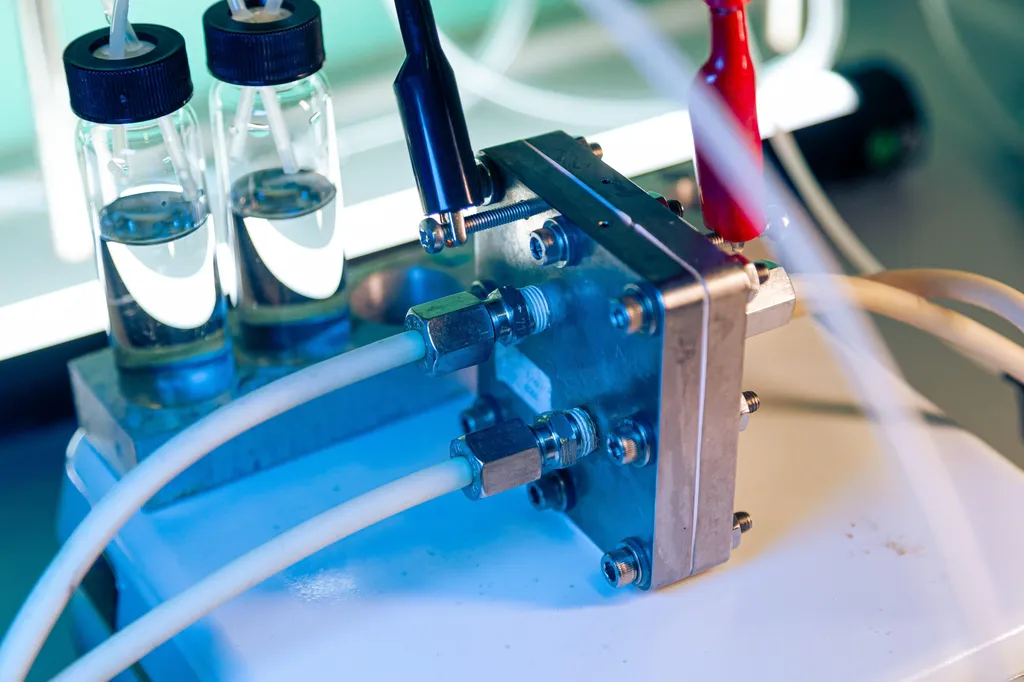Researchers Fabio Durastante and Mariarosa Mazza from the University of Insubria in Italy have developed a new approach to solving complex mathematical problems that are crucial for understanding and simulating physical systems in the energy sector. Their work focuses on Hamiltonian systems, which are used to model a wide range of energy-related phenomena, from the behavior of waves in the ocean to the dynamics of particles in a fusion reactor.
The researchers have developed a method called Hamiltonian Boundary Value Methods (HBVMs), which are designed to preserve the energy and symplecticity of the system over long periods of time. This is essential for accurately modeling the behavior of energy systems, where small errors can accumulate and lead to significant inaccuracies over time.
The HBVMs reformulate the stage equations of the system as matrix equations with a low-rank right-hand side. For linear systems, the researchers exploit this structure directly via Krylov projection solvers. For nonlinear systems, they leverage it within simplified Newton iterations and as a preconditioner in a Newton–Krylov framework, combined with adaptive time-stepping for robust convergence.
The researchers tested their approach on semi-discretized wave equations, which are used to model the behavior of waves in the ocean and other fluid systems. The results demonstrated the efficiency and robustness of the proposed approach, which could have significant implications for the energy sector.
The research was published in the SIAM Journal on Scientific Computing, a peer-reviewed journal that focuses on the development and analysis of computational methods for scientific and engineering applications. The findings of this study could have practical applications in the energy industry, particularly in the modeling and simulation of complex energy systems. By providing a more accurate and efficient way to model these systems, the researchers’ work could help to improve the design and operation of energy systems, leading to more efficient and sustainable energy production.
This article is based on research available at arXiv.

